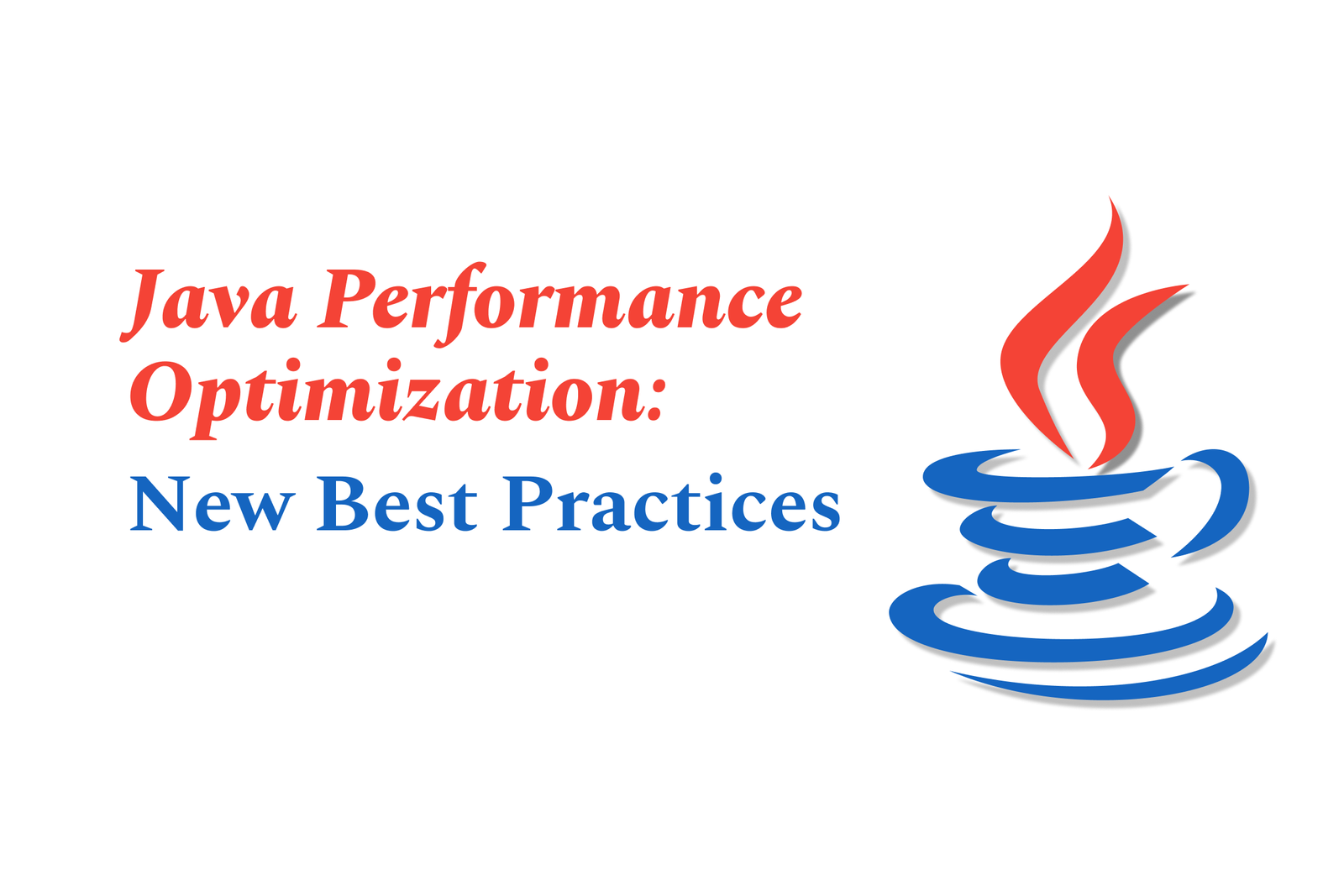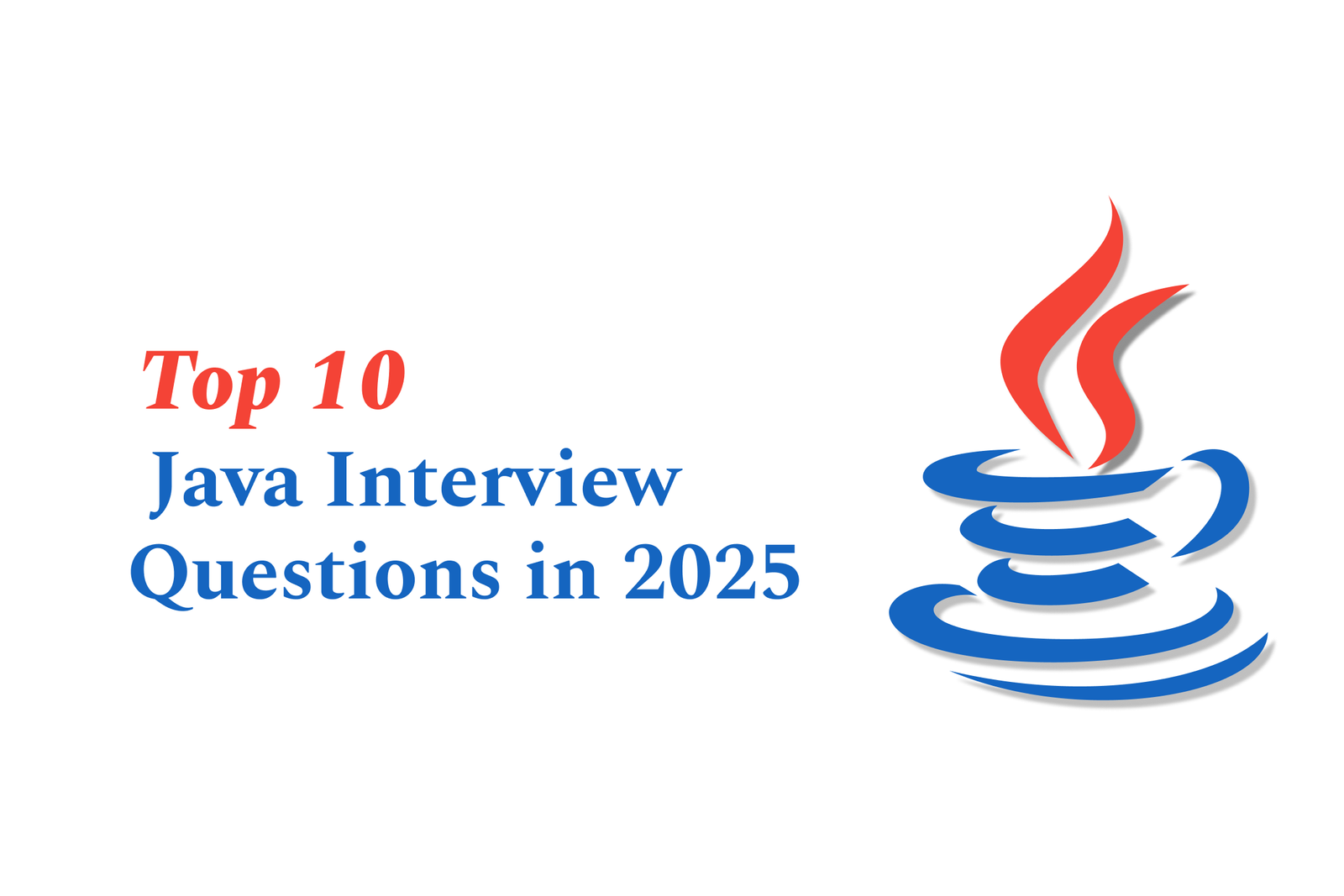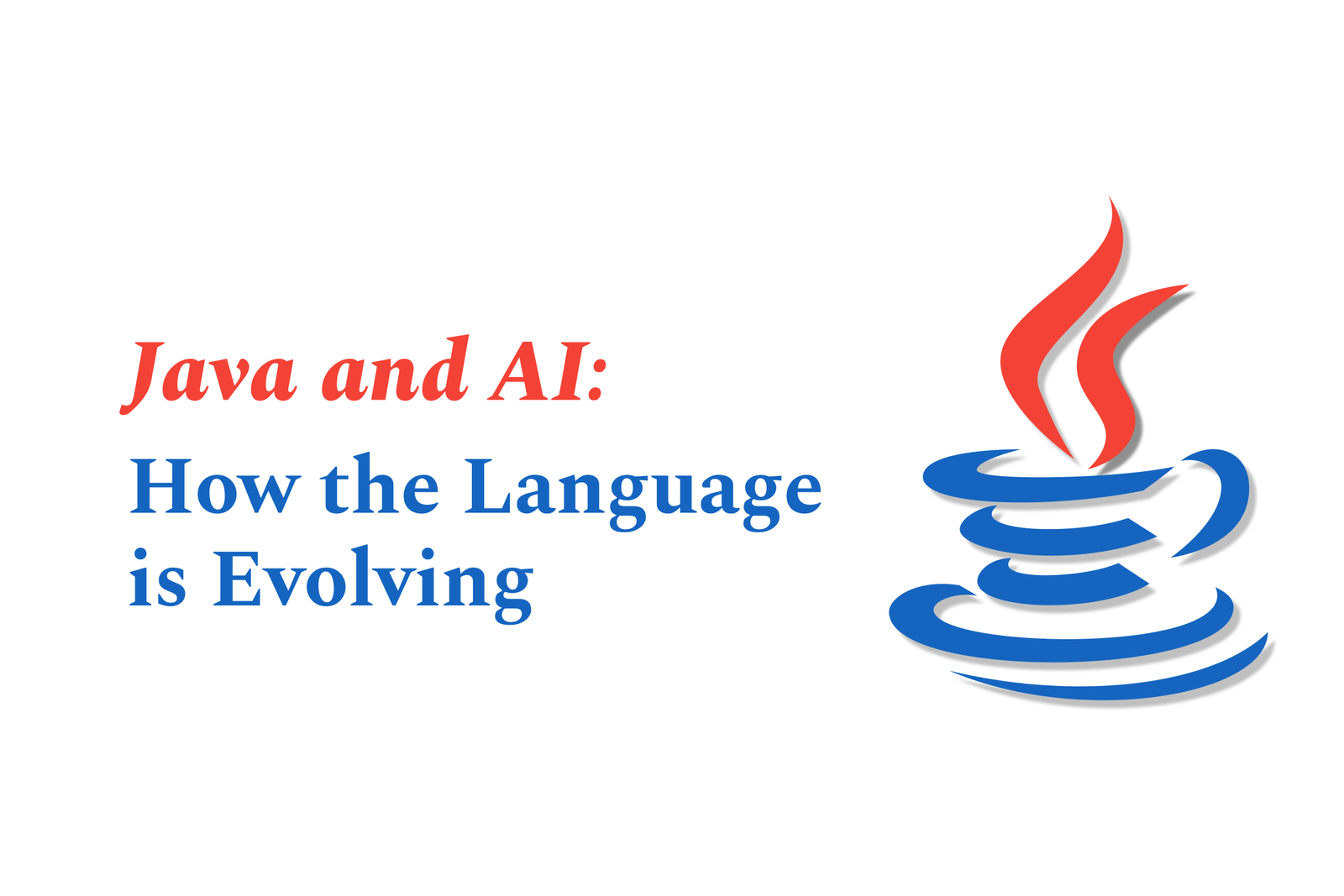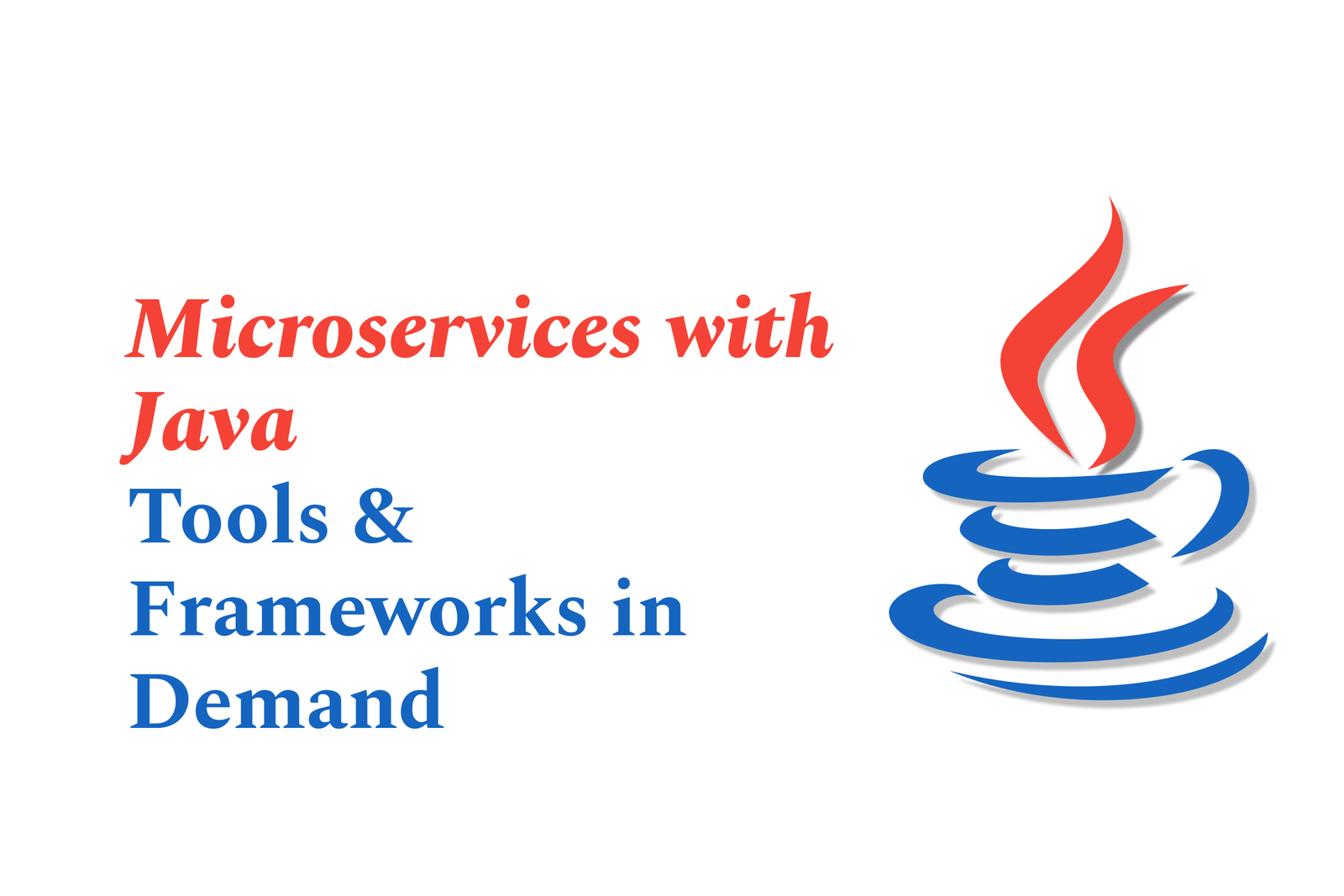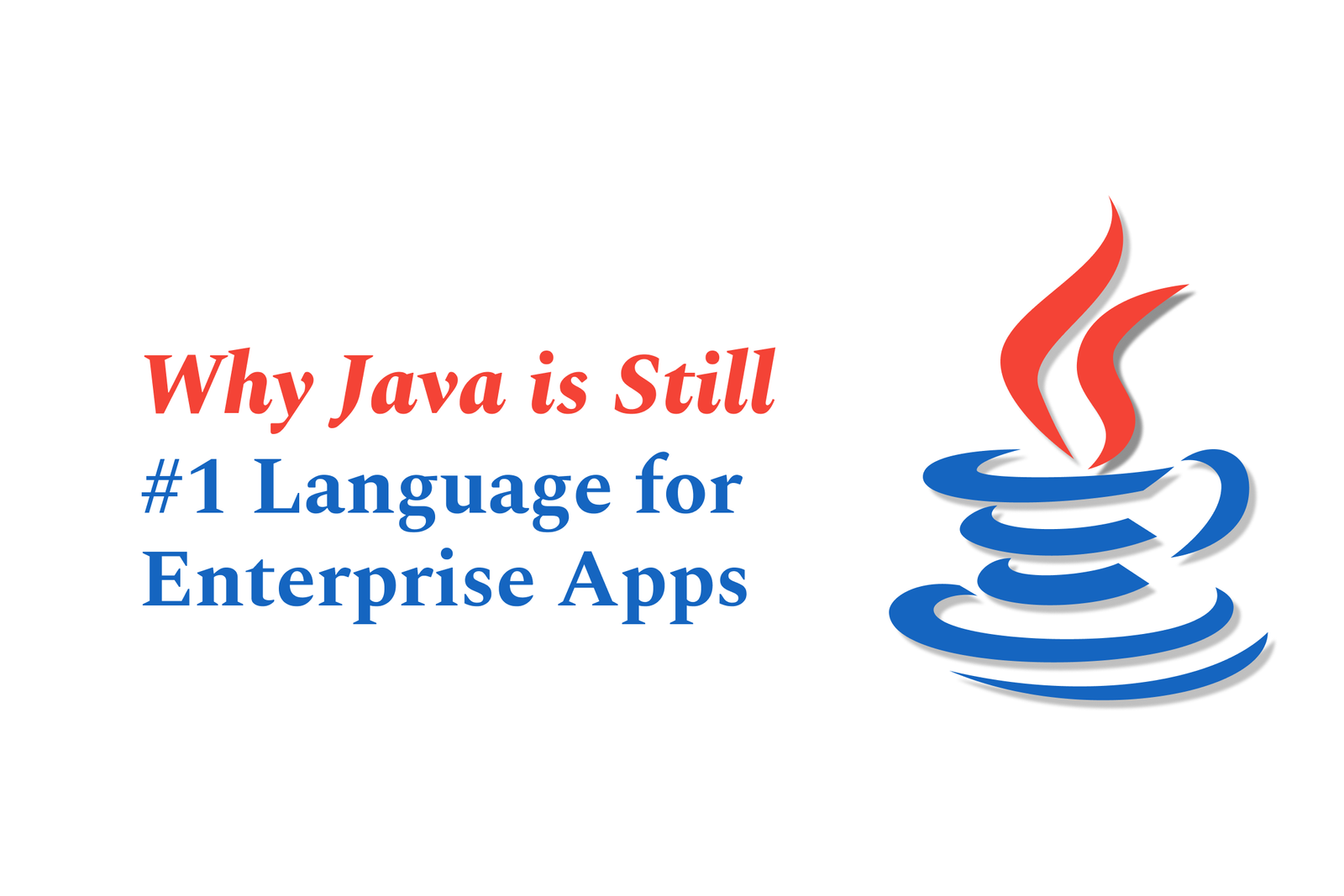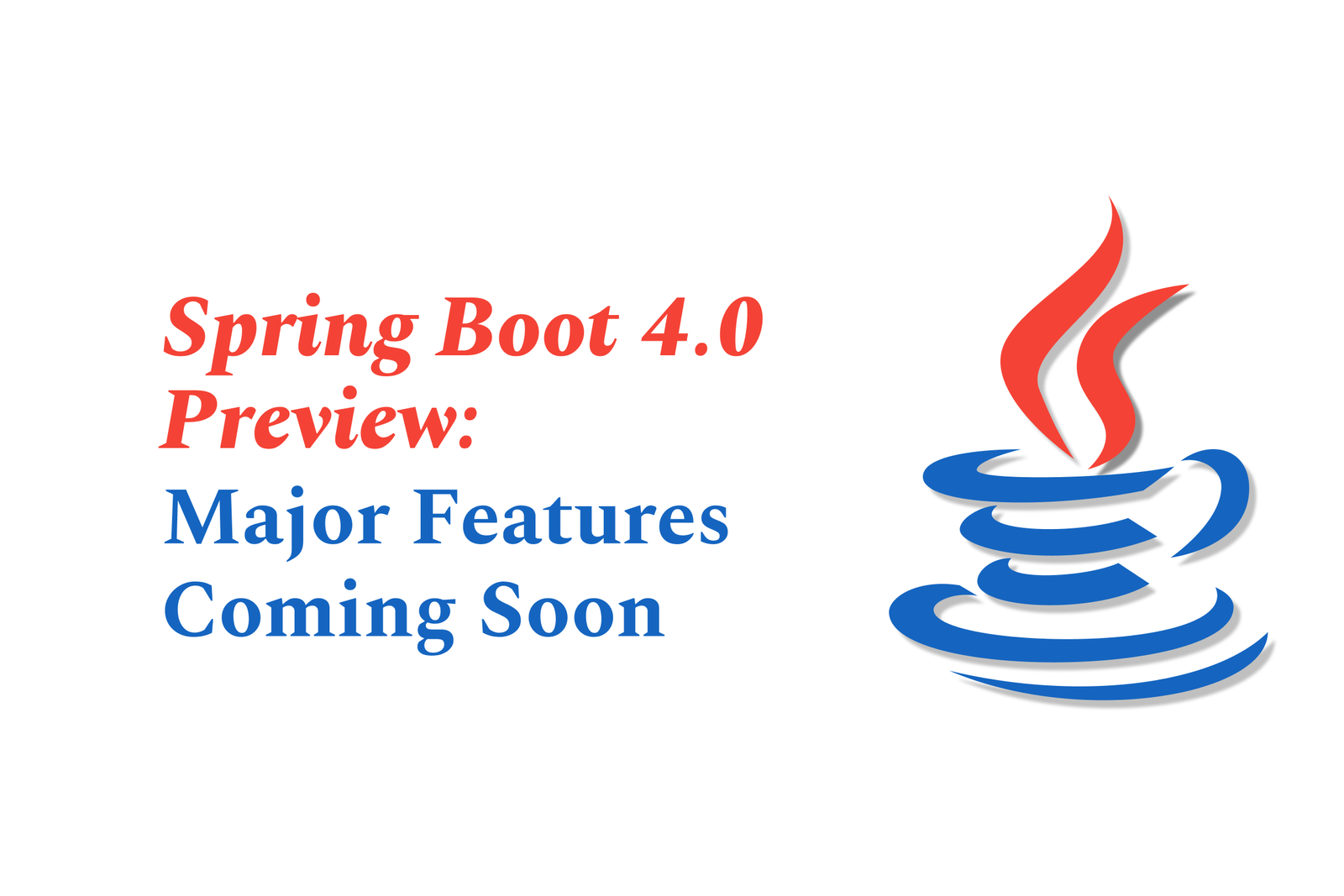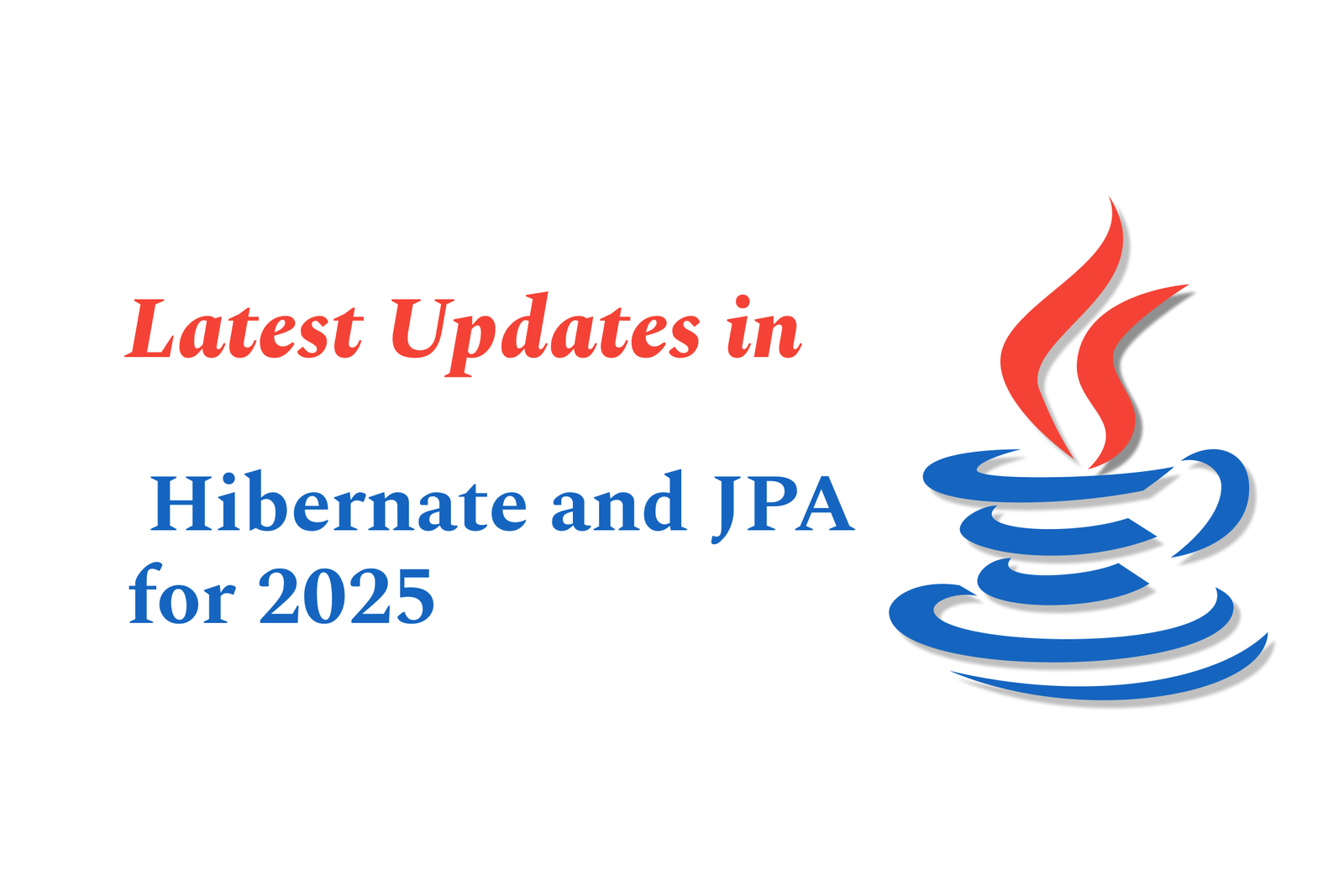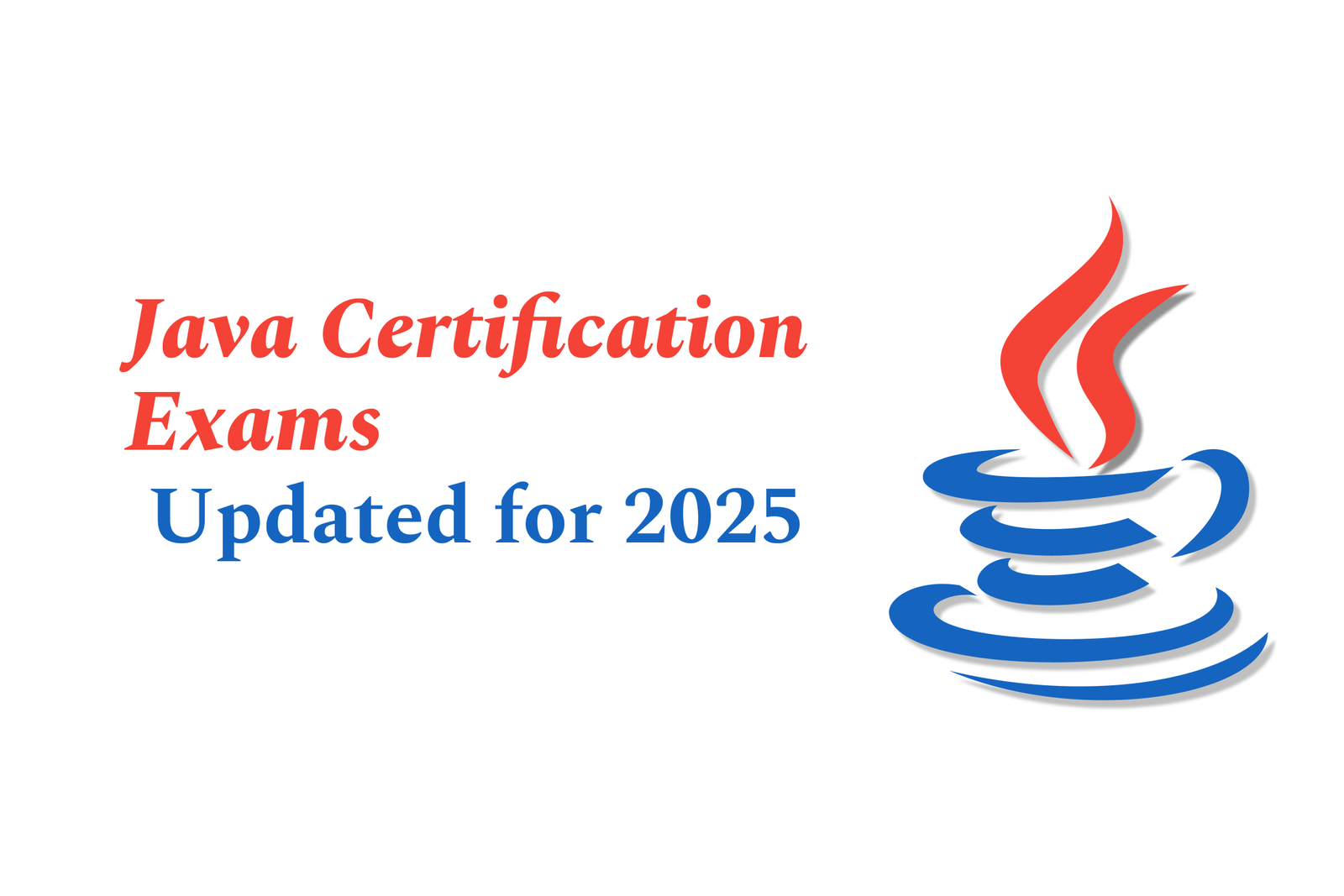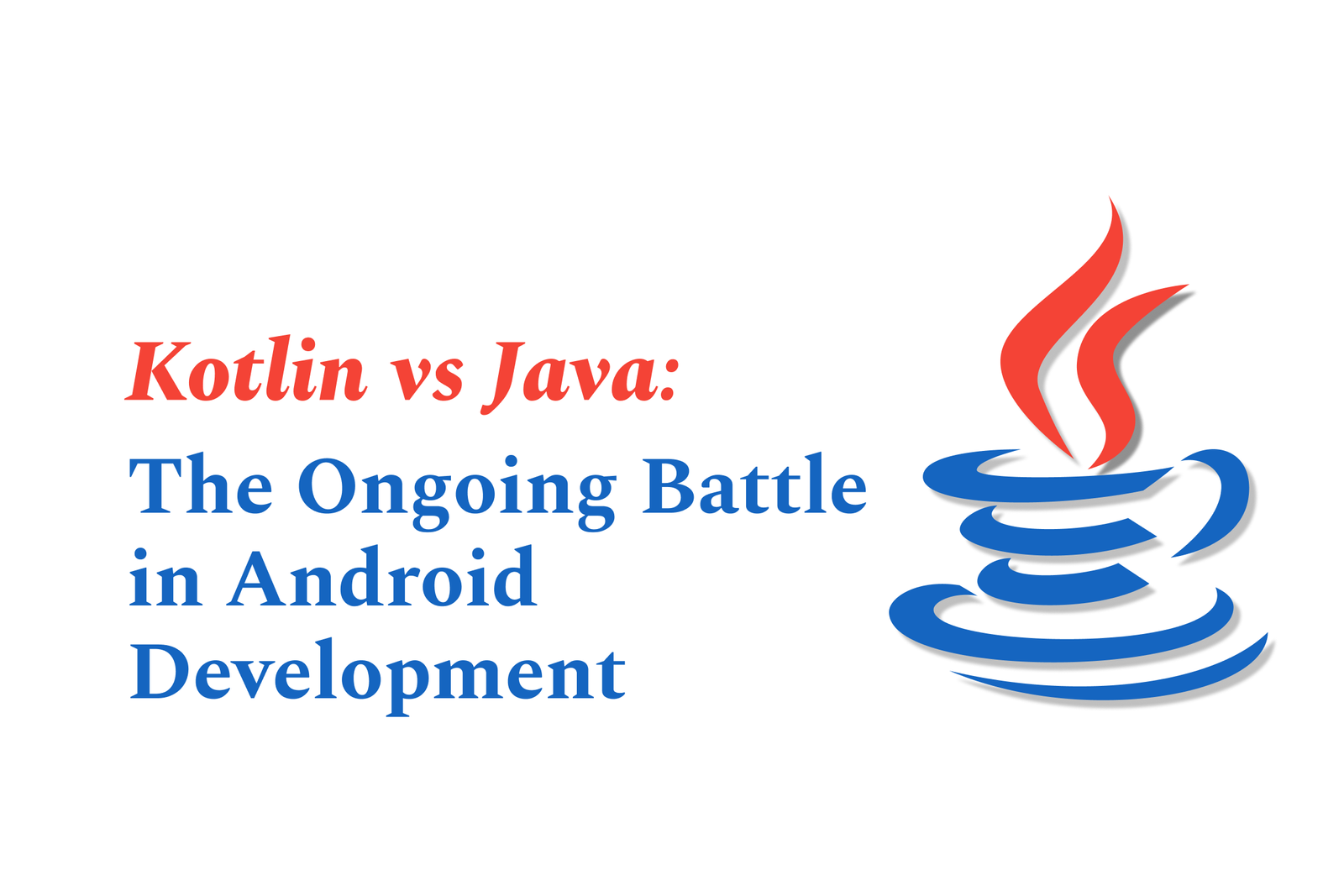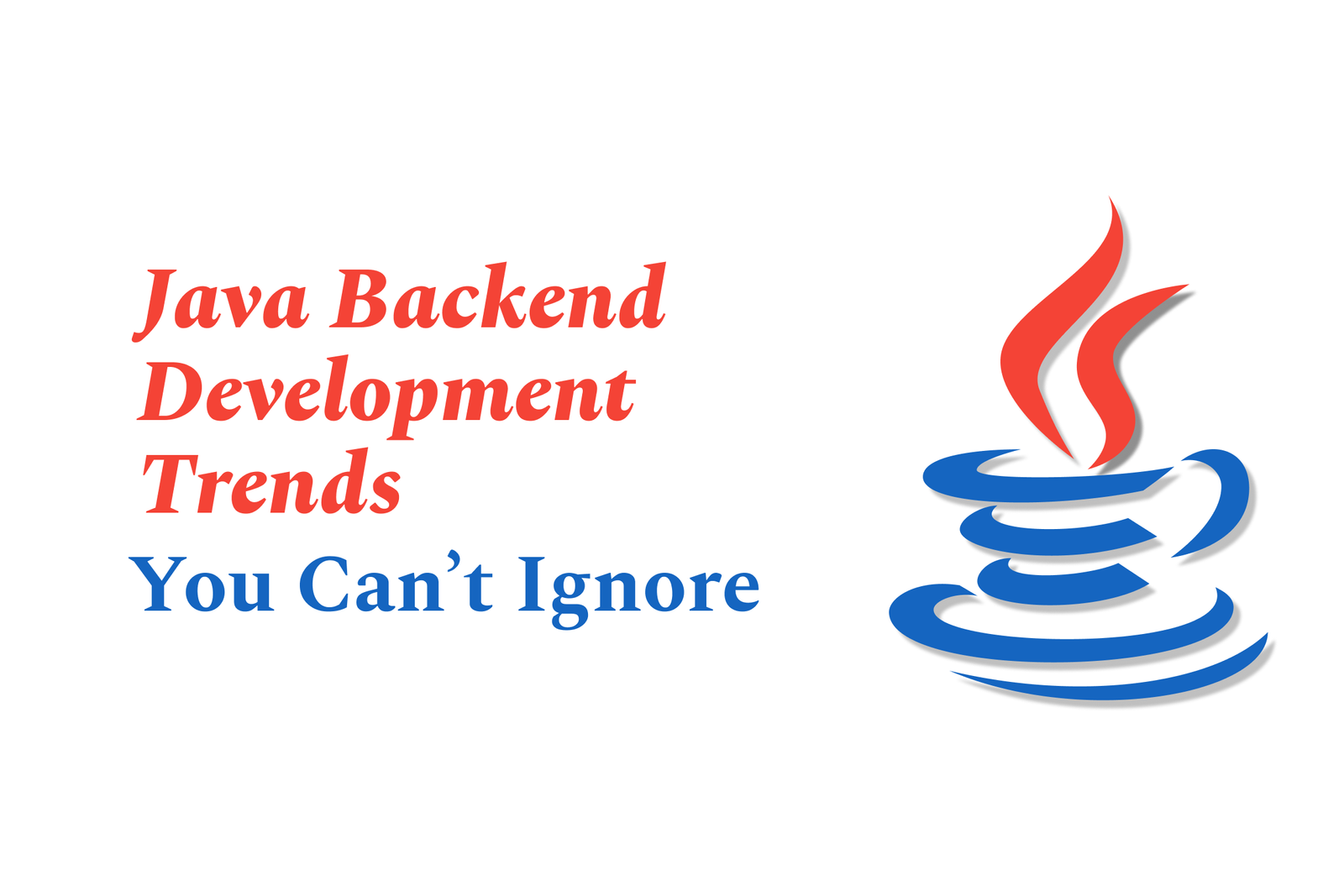Apple?S New App Store Guidelines: What?S Changed?
Apple’s updated App Store Guidelines introduce more detailed age ratings, support alternative app distribution in the EU, and enhance TestFlight beta testing with broader device support and extended testing periods—strengthening app safety, compliance, and developer flexibility.
Apple’s New App Store Guidelines: What’s Changed?
1 ) Introduction to the Updated Guidelines
Apple continues its commitment to providing a safe and trusted experience on the App Store. The guidelines ensure consumer safety, user privacy, and developer success by maintaining a curated ecosystem where every app undergoes expert review, malware scanning, and editorial curation.
2 ) Enhanced Age Rating System
Granular Age Ratings Added: Apple has expanded the age ratings from 4+ and 9+ to include 13+, 16+, and 18+ tiers to better reflect app suitability.
Regional Specificity: Ratings are assigned per country or region, based on local standards.
New Rating Questions: Developers must now answer questions regarding in app controls, app capabilities, medical/wellness topics, and violent themes. These help Apple calculate accurate age ratings and ensure appropriate user experiences.
Adjustable Minimum Age: If a developer's app policy demands a higher minimum user age than Apple's calculated rating, they can set a higher age rating to reflect this requirement.
3 ) Support for Alternative Distribution Methods in the EU
Developers in the European Union have new options to distribute notarized iOS and iPadOS apps via alternative marketplaces or directly through websites, expanding beyond the App Store. Apple provides specific Notarization Review Guidelines for these apps to maintain safety and compliance.
4 ) TestFlight Enhancements for Beta Testing
Broad Device Support: TestFlight now supports beta testing across iPhone, iPad, Mac, Apple TV, Apple Vision Pro, Watch, and iMessage.
Invitation and Criteria: Beta testers can join via email or public links, with developers able to specify device or OS requirements.
Automatic Updates: TestFlight users can enable automatic updates to seamlessly receive the latest beta builds.
Extended Testing Periods: Each beta build remains available for up to 90 days post upload, with TestFlight providing testing duration and update notifications.
In app Purchases and Content Handling: In app purchases during beta are free but don’t transfer to public releases. Settings now facilitate automatic downloads of Apple hosted and managed background assets after installation.
5 ) Continued Commitment to User Safety and Developer Support
Apple's guidelines emphasize a balance between security, privacy, and platform innovation, providing developers with tools and transparent standards to deliver high quality, age appropriate applications efficiently to a global audience.
Summary:
Apple’s updated App Store guidelines bring more detailed age rating classifications, enable alternative app distribution in the EU, and improve the beta testing experience with TestFlight. These changes reinforce Apple’s focus on safety, compliance, and developer empowerment in a dynamic app ecosystem.
https://justacademy.in/news-detail/best-ci/cd-tools-for-flutter-projects
https://justacademy.in/news-detail/app-store-policy-changes:-what-developers-need-to-know
https://justacademy.in/news-detail/how-react-native-is-dominating-e-commerce-in-2025
https://justacademy.in/news-detail/react-native-expo-bare-workflow:-what-you-should-know
https://justacademy.in/news-detail/react-native-testing-tools-you-didn?t-know-existed
Related Posts
Java performance optimization focuses on enhancing application speed and efficiency through modern JVM tuning, advanced profiling tools, realistic load testing, and cloud-based scalability techniques. These best practices ensure robust, scalable, and high-performing Java applications.
Top 10 Java Interview Questions in 2025 cover core concepts like OOP, exception handling, concurrency, Java 8+ features, collections, and database integration, helping candidates prepare effectively for advanced developer roles in evolving Java technology landscapes.
Java is evolving by integrating AI capabilities, supported by regular updates and rich resources. Its versatility and ease of use make it ideal for developing advanced AI applications, bridging traditional programming with cutting-edge artificial intelligence technologies.
Microservices with Java involves building scalable, modular applications using lightweight, independent services. Popular tools and frameworks in demand include Spring Boot and Spring Cloud, enabling rapid development, service discovery, and robust cloud-native microservice architectures.
Java remains the #1 language for enterprise apps due to its proven stability, strong performance, extensive ecosystem, continuous modernization, and robust security. Its vast community and powerful tools make it ideal for building scalable, reliable, and cost-effective business solutions.
Spring Boot 4.0 Preview brings major updates including Java 21 support, improved native compilation, enhanced observability, and simpler configuration. Aligned with Spring Framework 7.0, it modernizes development for faster, more efficient cloud-native applications.
The latest Hibernate and JPA updates for 2025 include full Java 17 support, Jakarta Persistence 3.2 compliance, improved query capabilities, enhanced resource management, and advanced array and inheritance handling, ensuring modern, efficient, and scalable ORM solutions.
The Java Certification Exams updated for 2025 feature revamped content reflecting the latest Java versions, enhanced practical skills focus, and streamlined paths. These changes ensure developers are certified on modern Java technologies, boosting career prospects and aligning with current industry needs.
Kotlin and Java are key players in Android development, with Kotlin offering modern features like null safety and coroutines, while Java boasts maturity and a vast ecosystem. The ongoing debate centers on choosing between Kotlin’s conciseness and Java’s proven stability.
Java backend development is evolving rapidly with trends like cloud-native apps, microservices, reactive programming, and serverless architectures. Embracing modern Java features, AI integration, strong security, and automation is essential to build scalable, efficient, and future-ready backend systems.

